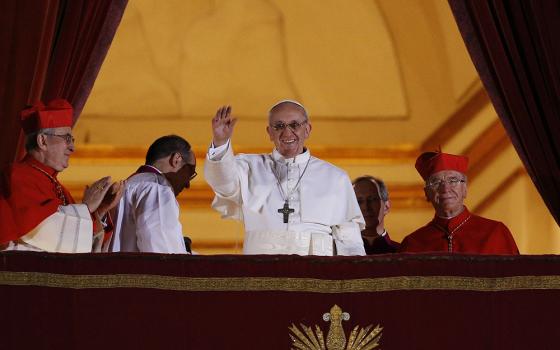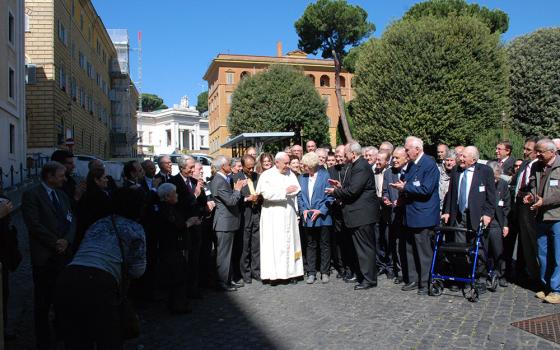Ottawa Archbishop Terrence Prendergast made headlines recently for issuing a formal decree banning eulogies during Catholic funeral Masses.
According to the Archbishop, “the homily can make some references to the person’s life of faith.” Also, a friend or family member may offer a few “words of remembrance” before the funeral Mass begins. Formal eulogies may be given at the wake, the reception, or at the graveside.
The decree, itself, is similar to the policies used in my own diocese but the ensuing debate does pose questions worth considering. Why are eulogies viewed with such fear and suspicion in our church? Why the insistence on the un-liturgical nature of eulogies? Why such a need to tightly control the words of ordinary women and men who want to tell the stories of the person for whom they are praying?
We are told that the Eucharist, not the life of the deceased, should be the focus of the funeral mass. Aren’t we called to bring the wholeness of ourselves to the Eucharistic table? At a funeral, that wholeness includes our grief and our need to connect the life that was lived with the promise of life eternal. We need to speak and hear of the past in order to help transition our minds and hearts into the future.
I have seen pastors simply refuse eulogies at the funeral, and then give homilies with no mention of the person lying before us. Another pastor grudgingly allowed eulogies, but refused to enter the sanctuary until they were over. Once the nasty “secular” bit was done, he could begin the sacred part of the liturgy.
When a priest or bishop dies is his life’s journey never mentioned during the funeral mass? Was Cardinal Ratzinger’s homily at the funeral of John Paul II simply a generic exhortation on death and resurrection with no mention of the life of the deceased pontiff? Is there a double standard, or does it depend on having a priest who knows and love you well enough to weave a meaningful eulogy into the homily?
My father-in-law, Sylvester Moyer, died last month. My husband David, as the eldest of eight children, was asked to give the “words of remembrance” before Mass. It was a deeply emotional task, and we agreed to write and present the tribute to his father together. We met with the priest to discuss the funeral arrangements. The priest is a warm, compassionate pastor and gifted homilist but is relatively new to the large, city parish. He knew my mother-in-law from her work in the Catholic Women’s League, but apologetically admitted that he did not recognize my father-in-law from his obituary photo. We appreciated his honesty. It strengthened our resolve to share Dad’s life with all those who came to pray for him.
Sylvester Moyer was a faithful parishioner in that church for over fifty years. He was an unassuming man, who sat in an unassuming seat each Sunday; sometimes tucked away from view behind a towering pillar. Not one to sit front and center, he was one of the many silent saints in our midst. He believed strongly in his Catholic faith, worked even harder and did it all out of a deep affection for his family. Many loved him, and the church was packed for his funeral. We titled his eulogy, “An ordinary life lived with extraordinary faith, hope and love.” We sent a copy of the eulogy to the priest and he wove the theme into his homily. The funeral was a beautiful celebration balancing the prayer of the church with the personal experiences of the family.
Each life deserves to be acknowledged and remembered, not only the great and the well-known. Those who knew and loved them should present the life story of the deceased person to the praying community. As we commend their bodies and souls to our loving God, so we offer their lives at the foot of the Eucharistic table. It seems perfectly liturgical to me.




